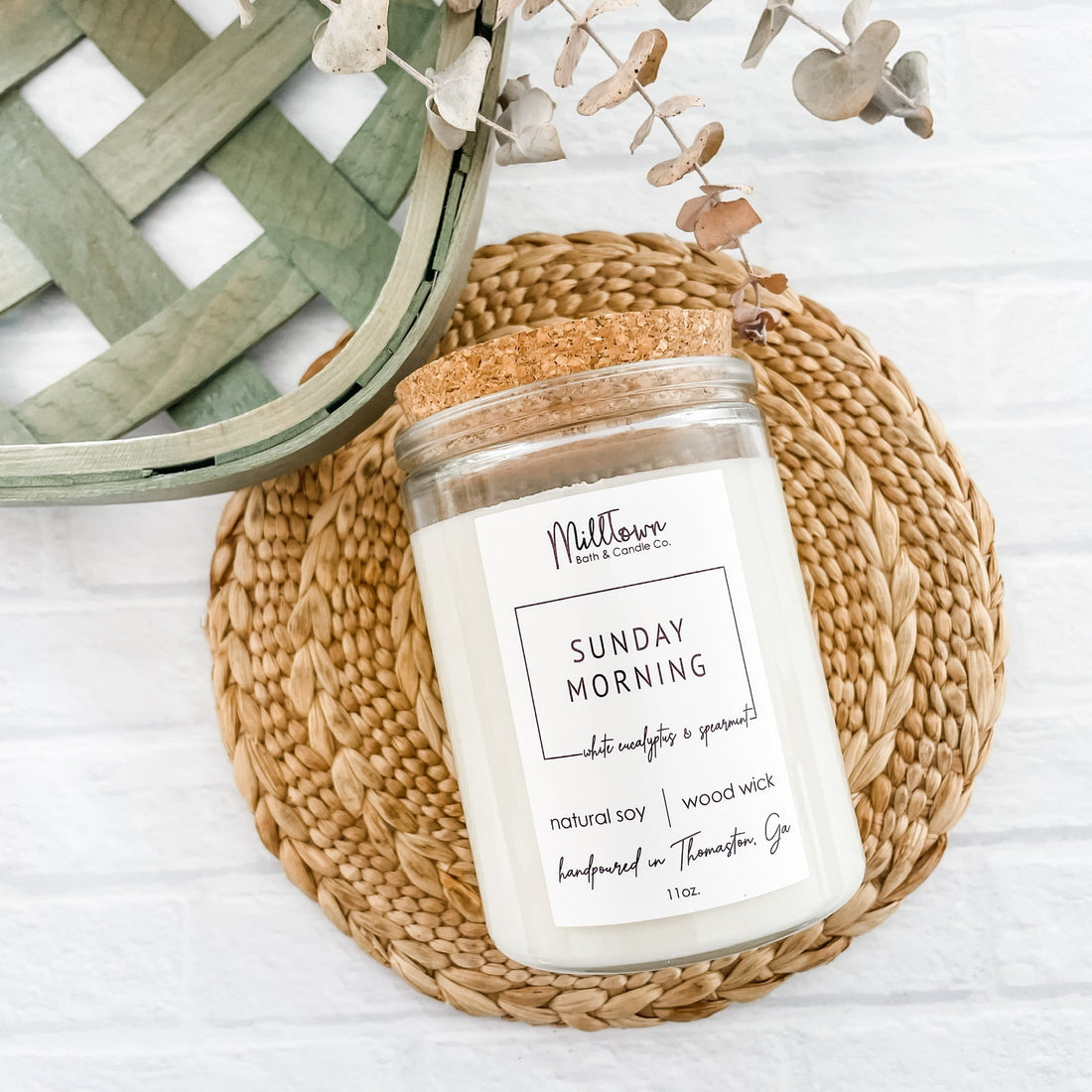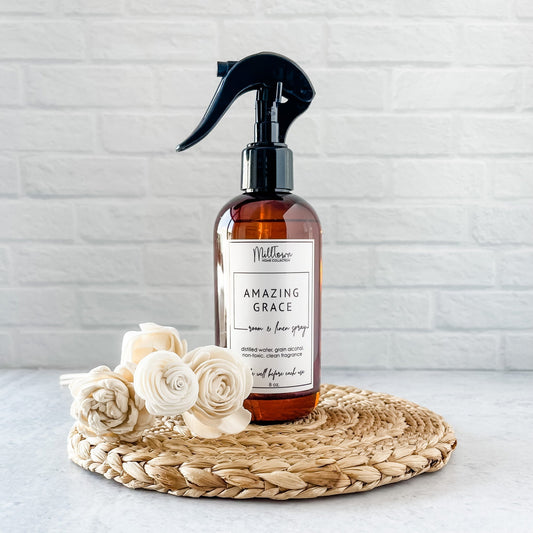We all love that cozy glow and a home that smells amazing—but have you ever stopped to wonder what’s actually in the candle you’re burning? If you’ve ever picked one up at a big-box store and thought, “This smells incredible,” you’re definitely not alone. But here’s the thing: that scent might come with a few ingredients you didn’t bargain for.
At MillTown, we believe that something meant to make your space feel better shouldn’t be filled with stuff that could actually be harmful. That’s why we’re super intentional about every single part of our candles—from the wax and wick to the fragrance. Here’s a look at what’s really in most candles out there… and why we choose to do things differently.
1. Soy Wax vs. Paraffin: What Are You Breathing In?
A lot of candles—especially the mass-produced ones—are made with paraffin wax, which is a petroleum byproduct. When you burn it, it can release toxins like toluene and benzene into the air (yeah, the same stuff that’s in car exhaust and paint fumes). Not exactly the vibe we’re going for.
MillTown candles are made with 100% natural soy wax. It’s a clean-burning, non-toxic, and renewable option that also happens to burn longer and cleaner than paraffin. Soy wax holds fragrance beautifully, so you get a rich, full scent that fills your space without overwhelming it. So you get more cozy hours without the junk.
Here’s a quick tip: most candles don’t have to list ingredients, but some do. Flip yours over and see what kind of wax it’s made of. If it says “paraffin”, “soy wax blend”, or doesn’t say anything at all, chances are, it’s not the cleanest choice.
2. Wicks That Crackle (In a Good Way)
If you’ve ever had a candle that burned weird or made your walls look a little… sooty, that’s probably because of the wick. Traditional cotton wicks can burn unevenly and release stuff into the air that you don’t want to be breathing in. Even if it looks clean, it might not be.
We use wooden wicks in all our candles, and they’re kind of a game changer. Not only do they give you that gentle crackle (hello, cozy fireplace vibes), but they also burn more evenly and cleanly. That means less waste, more burn time, and a much better experience from start to finish.
3. Fragrance Matters—And So Do Your Hormones
Here’s where it gets a little tricky. A lot of candle fragrances are made with synthetic chemicals—especially phthalates, which have been linked to hormone disruption and other long-term health issues. They’re known to trigger headaches, allergies, and just generally mess with your body in ways you can’t see.
At MillTown, we use CleanScents+ fragrance oils. They’re phthalate-free and screened for all the stuff we don’t want anywhere near your home—no known or suspected carcinogens, mutagens, or reproductive toxins. Basically: our candles smell amazing without any of the hidden junk.
4. Candles That Care About You—and the Planet
Everything we use, from the wax to the jar, is chosen with sustainability in mind. Our glass containers are reusable and recyclable, so whether you turn yours into a plant pot, pen cup, or stash jar, it’s not headed to a landfill. No plastic. No waste.
Plus, both soy wax and wooden wicks are biodegradable—unlike the synthetic stuff you’ll find in a lot of candles out there. So when you light one of ours, you’re not just creating a warm and welcoming space for yourself… you’re also making a better choice for the planet.
5. The Bottom Line: Know What You’re Lighting
Every time you light a candle, you’re filling your home with whatever’s inside it—for better or worse. At MillTown, we’ve taken the guesswork out of it. Clean wax, clean fragrance, clean burn. That’s our promise.
So if you’ve ever found yourself wondering, “What’s actually in this candle?”—now you know. And if you’re ready to switch to something safer, better for you, and still smells amazing… we got you.




